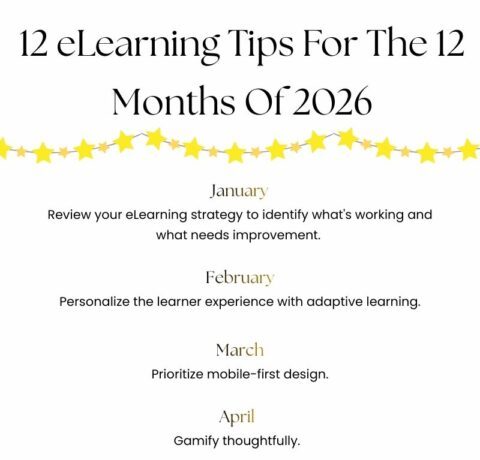15 Project Management Terms you Should Know
Project management profession which is the most sought after profession in the whole world has a huge knowledge base. In fact, there are multiple project management methodologies that enterprises rely on to complete projects in a successful manner. Project management approaches such as the PMBOK, PRINCE2, Agile, Kanban etc. have certain project management terms that every project manager or project team members should be aware of.
1. Objective:
If the project objective is not defined properly, then it becomes difficult for project team members to align themselves to the project. During the project kick-off meeting define the metrics and show them what is that they have to achieve.
2. Deliverable:
The end picture often known as a ‘deliverable’ is a tangible outcome that is produced by the project. The project creates internal or external deliverables which is produced as a consequence of executing the project.
3. Goals:
Project goals provide you the focus required to develop a roadmap to fulfill the project objective. The goals should be SMART (Specific, Measurable, Achievable, Relevant and Time-bound).
4. Resources:
Get your project resources on board in the form of people, capital, tools, space, time etc. Without proper resource allocation, successful completion of projects is a difficult prospect.
6. Project Team:
Your project team is the most important resource of all. Select your team based on their individual capabilities with regards to skills and experience to achieve at the highest level.
7. Decisions:
There should be transparency about decision making in a project. Be clear about who can take what decisions which needs to be vetted by the project committee to take quick decisions.
6. Debates:
Analyze a situation from different angles and encourage your project team to find multiple solutions and choose the best. Initiate a healthy debate to explore new opportunities and to make an informed decision.
8. Deadline:
Time is one the most critical resources in your project, your team should adhere to the project deadlines to complete. If time is wasted it will eat up more resources to complete the same amount of work.
9. Explore:
Explore new avenues and every option available. Understand the advantages and disadvantages, and come up with the best possible project plan that adds the most value for both customer and the enterprise.
10. Constraints:
Constraints are something that is outside the control of the project and need to be managed effectively. Resource constraints may arise in the middle of the project when the dates / timelines get stretched.
11. Priorities:
Priorities get changed time and again. So list the priorities and inform your team the change in context and everybody can adjust according to the new project plan.
12. Milestones:
Milestones are related to schedules which signify completion of a major project deliverable. In fact, it is used as a project checkpoint to validate how the project is progressing.
16. Red Flags:
Enterprise should create an environment where employees raise issues if there is something wrong in the project. Project teams should come together to solve problems and give their real and unbiased opinions.
17. Accountability:
In the end, protect team members who are accountable for their work is what gets the project completed. Teams can share their workload, but individuals in a project team are responsible for getting their tasks completed.
18. Critical Path:
The term critical path refers to the longest duration path through the work plan. If an activity gets delayed in the critical path by couple of days, the entire project gets delayed by couple of days. So make sure you identify the critical path throughout the project lifecycle.
Invensis Learning specializes in providing globally-recognized project management certification training courses such as PMP, CAPM and PRINCE2. They also offer other certification courses related to ITSM, Quality Management, Program Management and Technology Training.
View also: Top 13 Project Management Terms Infographic







You can adjust your cookie preferences here.